Explain Balance Theory of attitude change.
Balance Theory of Attitude Change:
Balance theory of attitude change was proposed by Fritz Heider. It is a part of cognitive consistency theory. Cognitive consistency means that components, aspects or elements of the attitude or attitude system must be in the same direction to experience psychological comfort. If this does not happen, the person experiences psychological discomfort. This leads to some change in the attitude system to attain logical consistency. The Balance Theory of attitude change is based on the same principle. Balance theory can be explained with the help of relationship between three aspects or components of the attitude represented in a form of triangle.
For example, let s consider two people having a relationship and their attitude towards smoking.
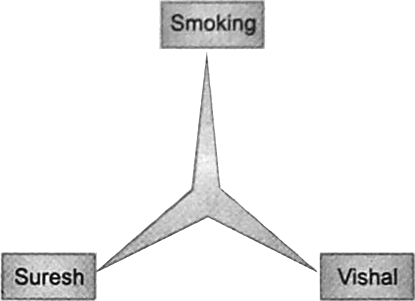
According to Balance theory imbalance (leading to psychological discomfort) is found when:
1. All three sides of triangle are negative.
In the above example if Suresh and Vishal dislike each other (negative), and have negative attitude towards smoking (two other sides are also negative) then the very fact that they dislike each other will lead to negativity in the situation.
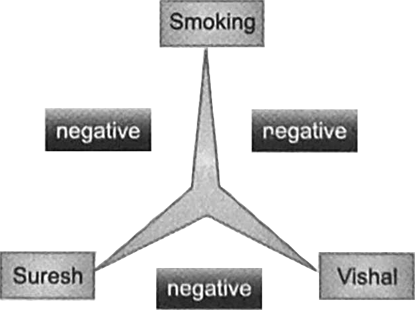
2. Two sides are positive and one side is negative:
In the above example, if Vishal and Suresh are very good friends. Suresh loves to smoke and Vishal hates to smoke. This implies two sides of the triangle are positive and one is negative. This will lead to an imbalance situation, i.e., two friends will have a conflict because they have opposite attitude towards smoking.
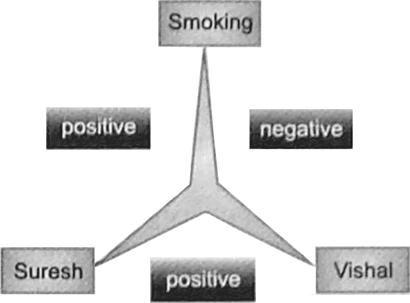
Imbalance state will lead to psychological discomfort. An attitude change will have to take place so as to attain balance state having psychological comfort. Balance is found when: 1. All three sides are positive.
In the above example, Suresh and Vishal are very good friends and both of them love smoking.
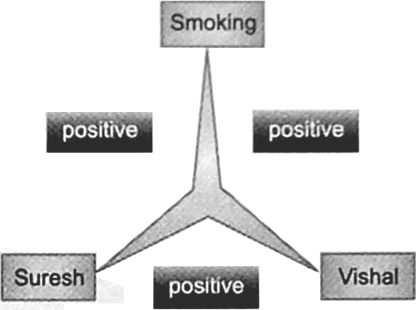
2. Two sides are negative and one side is positive.
In the above example, Suresh and Vishal are very good friends and both of them hold a negative attitude towards smoking.
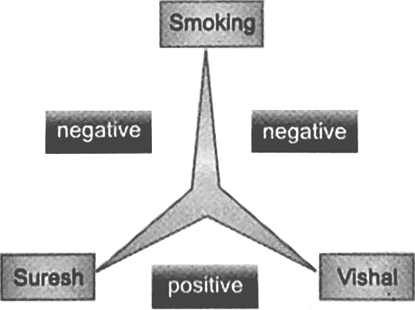
Give the meaning of 'causal attribution'. Explain fundamental attribution error and actor-observer effect with the help of an example.
Write the factors that influence attitude change.
What is attitude system?
What is attitude?